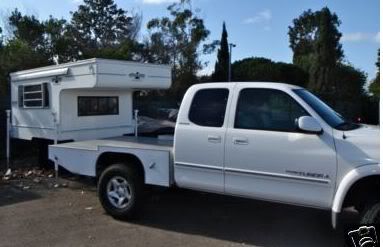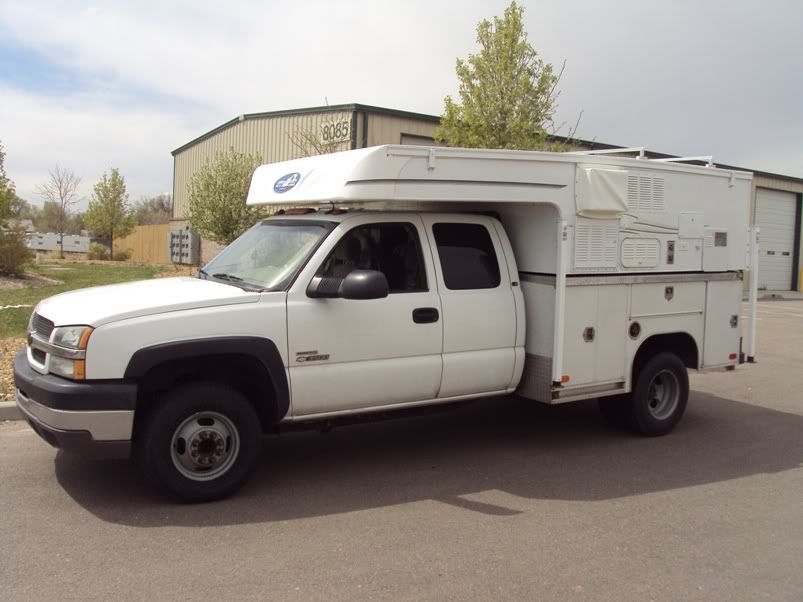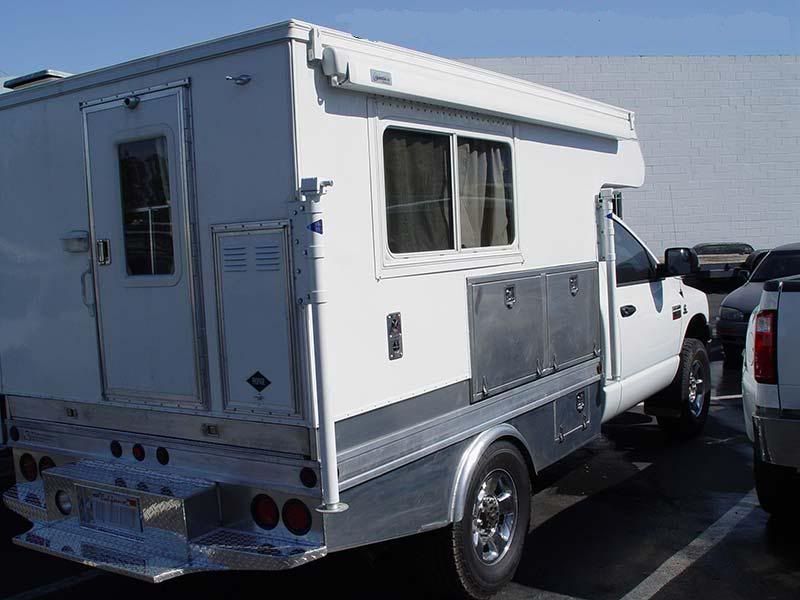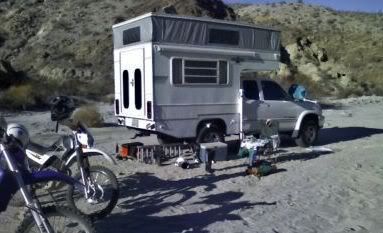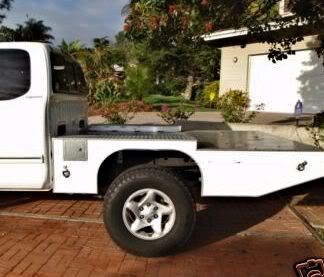Ditto on the overhead cabinets. Also interested in any pictures you have of any flat bed campers that you have made, especially the interior layout. I am thinking about have you guys make an 8 foot wide by 9 foot long camper. Can you also do a queen bed that goes deep with side cabinets similar to the northstar design? also what about a pop out or a slide out/ pop out? Finally I remember you saying something that you don't recommend overhead AC units... Why is that?
Thanks
Thanks

